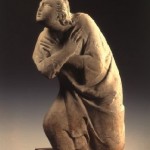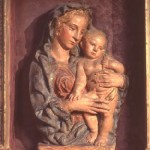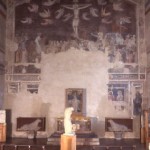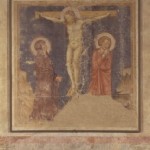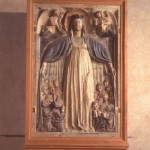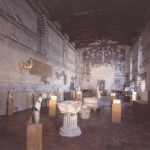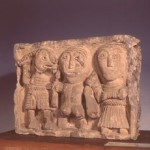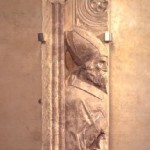The Augustinian complex of Santo Spirito, which houses the art collection of Salvatore Romano , is one of the great religious and artistic monuments of Florence, acquired by the Muncipality in 1868.
The Museum is located in the ancient Refectory of the Convent, decorated with a magnificent fresco by Andrea Orcagna depicting the Crucifixion and the Last Supper (1365 ca). In this vast setting are displayed the sculptures donated to the Municipality of Florence in 1946 by the above- mentioned Neapolitan antiquarian, a small but selected collection that goes from pre-Romanesque to the 15th century.
An inscription placed by the donor explains the motives for his gesture: “In order to honor the memory/of my father Francesco Romano/and my native village/ Meta di Sorrento/I donate the Municipality of Florence/these works I have gathered with patience and love/grateful for the long hospitality/ granted to me/Salvatore Romano/a.d.mcm.xlvi.”


